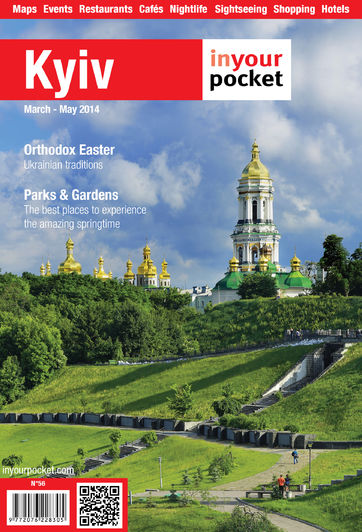What's in a name?
more than a year agoOne can overlook this area if you go right after ascending Andrew’s Descent. You may also visit likenesses of the four siblings in one of two areas, either on the bank of the Dnipro River near Paton bridge, or at the fountain in Maidan Nezaleznosti.
The monument on the Dnipro River has been one of many popular visiting sites for new couples, in keeping with with the tradition of laying flowers on monuments and taking pictures on their wedding day. The newer monument in the centre is decidedly less Soviet-looking than the one by the river, the characters even looking a bit Nordic by their costume.
The other legend says that St.Andrew came to the hills overlooking the Dnipro River on his way to Rome. According to this legend he blessed this place and predicted a grand future for this up and coming town. Although many stories about these founders and protectors of the city are recent fabrications, as with all legends they may contain some truth. Archaeological finds indicate that what is today Kyiv has been inhabited for about 17,000 years, however there is no evidence of an organized, permanent settlement until the foundation of a citadel on the steep Right Bank approximately at the same area where the legend places the mythical foundations of the city. This fortification was built to defend against marauding Slavs and invading peoples from Asia, and certainly would have required the administration of a warrior-leader.
The Kyivan Rus state was established by descendants of a Viking-like people called Varengians, who migrated from Scandinavia mainly by ship. They served in administrative and mercenary capacities throughout far-Eastern Europe, and composed much of the warrior and ruling classes.



Comments